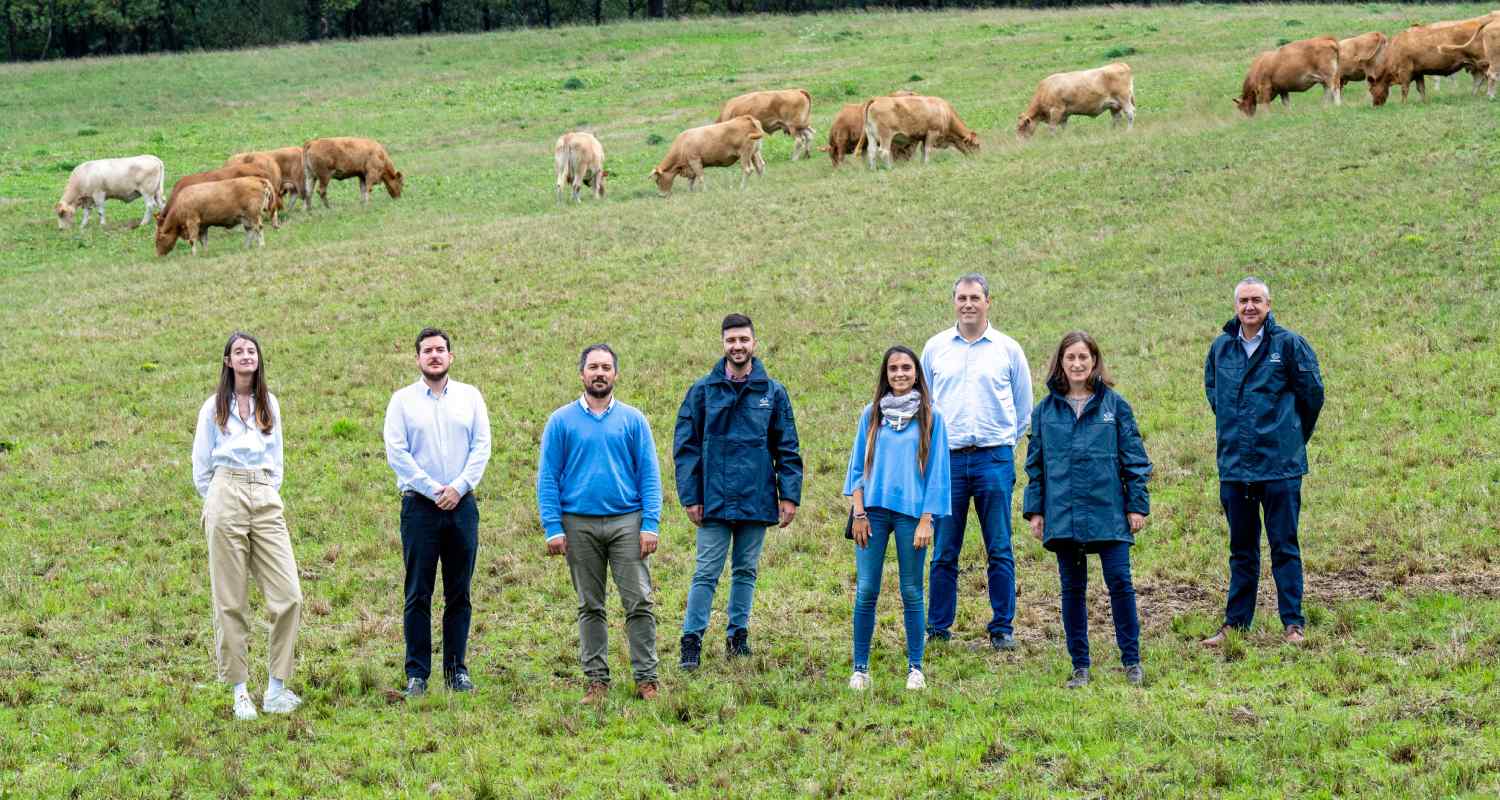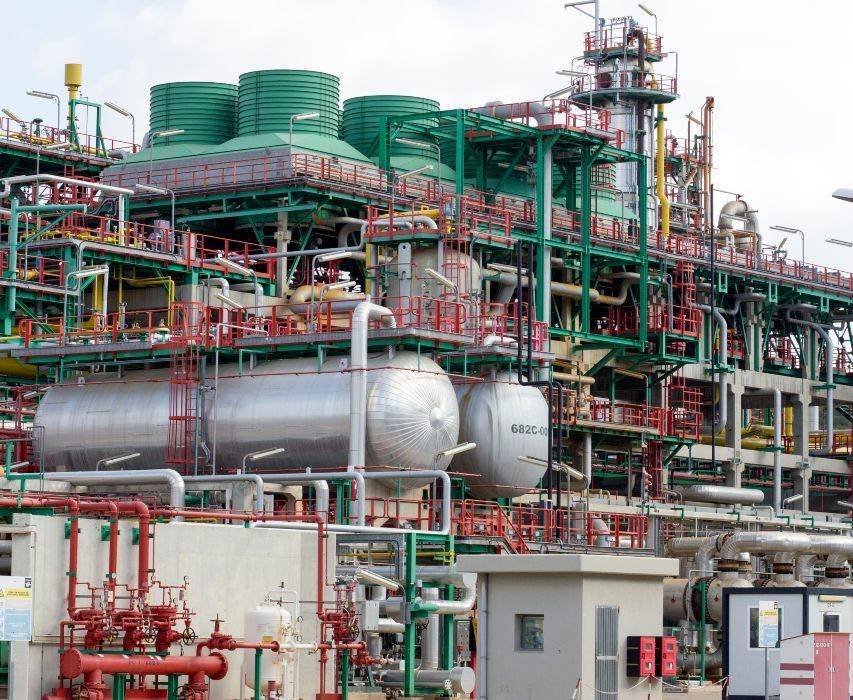Recovery and transformation of slurry into biomethane and organic fertilizers
What is the project about?
The project involves the phased deployment of a network of plants throughout Galicia to recover surplus slurry from cattle, pigs, and poultry mixed with a smaller amount of organic fraction of separated collection and organic industrial waste from the agri-food sector to produce renewable energy.
The first renewable gas generation plant will be located in Meirama (Cerceda), a fair transition zone, and then the other anaerobic digestion plants will be located at different points, according to a distribution based on the Galician map of livestock farms, thus optimizing logistics between the origin of the waste and the new facilities.
The project has an annual treatment potential of 6,000,000 tonnes of waste with a production, in addition to organic fertilizers and neutral CO2, of 1.1 TWh/year of biomethane to be injected into the natural gas grid.
This renewable gas will be employed to decarbonize different sectors, such as residential, industrial, and transportation, and it will be used at the Repsol refinery in A Coruña.
Promoting the development of rural areas through circularity
This project aids in the optimization of slurry management in the region while reducing soil contamination, facilitating compliance with new European standards, and helping to decarbonize industry, households, and mobility. Moreover, one of the most advantageous aspects is that it will contribute to sustainability in rural areas by creating quality employment within the framework of the energy transition.
In addition, the circular economy is a channel for efficiently using waste, while driving rural ecosystems, through SMEs, associations, cooperatives, and technology ecosystems (startups, universities, institutions, among others).
Project recovery in figures*
6
Mt of waste (slurry, urban organic waste, and industrial organic waste)
treated per year
1.1
TWh/year of biogas
to be injected in the natural gas grid
>500,000
t of CO2
avoided per year
600
direct jobs
and more than 1,900 indirect jobs






















